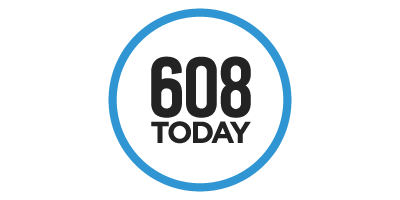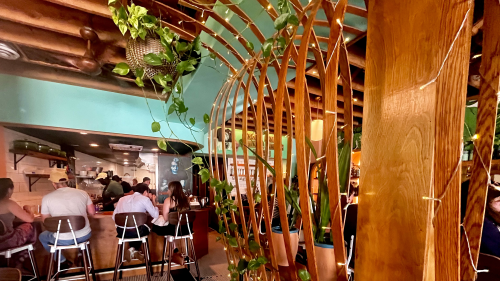A sunset selfie off Lake Wingra is second only (maybe) to the new photos of deep space from NASA’s new James Webb Telescope — launched with the help of the Space Telescope Science Institute + director Dr. Kenneth Sembach, a UW-Madison alum.
Here are just some of the achievements of Badgers since the university’s 1848 founding — the same year Wisconsin earned statehood. (Consider this a sister profile to UW-Madison’s Jeopardy champion and historic athletes.)
💻 John Bardeen
John Bardeen received his bachelor’s from UW-Madison in 1928 — he was a local — and went on to receive one-third of the 1956 Nobel Prize in Physics for his discovery of the transistor effect. Transistors make modern computing possible: your iPhone contains as many as 8.5 billion. Bardeen’s team set the stage for the Digital Revolution later that century.
Bardeen’s later work in superconductivity won him a share of the 1972 Nobel Prize as well, making him the first person to win two Nobel Prizes in the same field.
⛑ Laurel Clark
You can’t pick just one of Laurel Clark’s achievements to highlight her legacy. She graduated from UW-Madison with a doctorate in medicine in 1987. As a US Navy undersea medical officer, she guided medical evacuations and performed life-saving procedures aboard submarines. After that, she studied aeromedicine + became a Naval Flight Surgeon.
Clark was selected for NASA’s STS-107 mission aboard the Columba. After 16 days in orbit studying astronaut health + safety, Laurel Clark and the crew of the Columbia died on re-entry on February 1, 2003. By that point, she had practiced medicine on land, sea, air, and in outer space.
Laurel isn’t UW-Madison’s only astronaut: Jim Lovell commanded Apollo 13, orbiting the moon and famously telling Mission Control: “Ah, Houston, we’ve had a problem.”
🌾 Theodore Schultz
Schultz came to UW-Madison to receive his doctorate in agricultural economics in 1930. He’s most known for his work in human capital theory, the idea that investing in the health + education of workers ultimately leads to the success of companies and nations. This, combined with his work on international development, led him to receive one half of the 1979 Nobel Prize in Economic Sciences.
🏔 John Muir
As one of the most famous conservationists of the 19th century, Muir’s name is attached to parks, mountains, lakes, and groves across the US — including Muir Woods in the Golden Gate National Recreation Area. After running away from home to attend UW-Madison, he founded the Sierra Club, helped establish Yosemite National Park, and became known as the “Father of the National Parks.”
🌎 Nancy O. Lurie
Lurie received her bachelor’s in anthropology in 1945 before doing doctoral work on Native American culture + history, as well as museology. Her work allowed her to represent the Ojibwe and Menominee as an expert witness, setting precedent for the use of anthropologists as key witnesses in land claim disputes.











